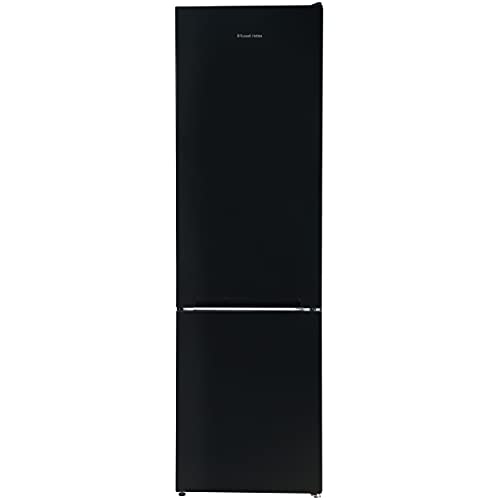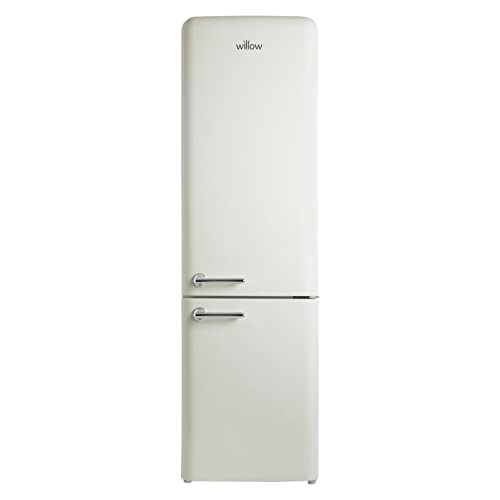10 Tell-Tale Signs You Must See To Look For A New Fridge UK
본문
The Comprehensive Guide to Refrigerators in the UK
Fridges are an essential device in every household, serving a crucial function in food preservation and safety. The UK market provides a varied range of fridge freezer near me types, sizes, functions, and brands. This post aims to provide an extensive understanding of refrigerators offered in the UK, including their functions, energy performance, and aspects to consider when buying.

Types of Refrigerators Available in the UK
When trying to find a refrigerator, it is very important to understand the different types readily available. Each type includes its own set of functions and functions, accommodating various needs and choices. The most typical kinds of fridges discovered in the UK include:

1. Top Freezer Refrigerators
- Description: The conventional style, featuring the freezer compartment on top.
- Pros: More affordable, roomy, simple access to fresh food.
- Cons: Limited freezer area, the top might be less convenient for bulk products.
2. Bottom Freezer Refrigerators
- Description: Freezer lies at the bottom, enabling easier access to fresh food.
- Pros: Greater benefit, better visibility of fresh products.
- Cons: Usually more pricey, some might fight with big frozen products.
3. Side-by-Side Refrigerators
- Description: Features two vertical compartments, one for the fridge and one for the freezer.
- Pros: Ample storage area, simple to gain access to both frozen and fresh foods.
- Cons: Wider footprint, they might not fit in smaller sized cooking areas.
4. French Door Refrigerators
- Description: Combines functions of bottom freezers and side-by-sides, with two doors for the fridge on top.
- Pros: Stylish design, large, and typically includes sophisticated functions.
- Cons: Higher rate point, lines up badly with smaller sized kitchen designs.
5. Compact Refrigerators
- Description: Smaller designs created for minimal areas.
- Pros: Ideal for studio apartments or workplaces, energy-efficient.
- Cons: Limited storage capability, may lack functions.
6. Integrated Refrigerators
- Description: Designed to mix perfectly with kitchen area cabinetry.
- Pros: Custom fit, visual appeal, increases home worth.
- Cons: Higher cost, may provide less versatility in placement.
7. Smart Refrigerators
- Description: Equipped with Wi-Fi and wise innovation functions.
- Pros: Advanced features like touch screens and internal electronic cameras.
- Cons: Expensive, more complicated to fix.
| Refrigerator Type | Accessibility | Typical Price Range | Energy Efficiency |
|---|---|---|---|
| Leading Freezer | Moderate | ₤ 300 - ₤ 600 | Typical |
| Bottom Freezer | High | ₤ 400 - ₤ 800 | Above Average |
| Side-by-Side | Easy | ₤ 800 - ₤ 1500 | Differs |
| French Door | High | ₤ 800 - ₤ 2000 | High |
| Compact | Minimal | ₤ 200 - ₤ 500 | Average |
| Integrated | Custom | ₤ 1000 - ₤ 2500 | High |
| Smart | Variable | ₤ 1200+ | High |
Key Features to Consider
- Energy Efficiency: Look for models that are energy-efficient. In the UK, devices are rated from A (most efficient) to G (least efficient). An A+ rating and above can lead to substantial energy savings.
- Capability: Choose a fridge with sufficient capability for your household. A standard guideline is 100-200 liters per individual.
- Sound Level: Consider models that run quietly, especially if the kitchen is near living spaces.
- Cooling Technology: Features like frost-free technology are worth the financial investment, as they minimize maintenance.
- Adjustable Shelves: Having adjustable racks enhances the flexibility to save larger items.
- Temperature level Control: Check for user friendly temperature level controls and zones for various kinds of food.
- Design: Choose the design and color that matches your cooking area visual, whether you choose a contemporary stainless steel appearance or a traditional retro surface.
Buying Tips
- Identify Your Needs: Consider your cooking practices, household size, and kitchen area area.
- Set a Budget: Refrigerators been available in numerous rate ranges. Develop a budget plan before you start shopping.
- Research Study Energy Ratings: Invest in energy-efficient designs to minimize utility expenses.
- Read Reviews: User experiences can offer insights into dependability and efficiency.
- Compare Brands: Some brands are known for their durability while others might offer more ingenious functions.
Frequently Asked Questions (FAQs)
1. How long do fridges normally last?
- Fridges typically last in between 10 to 20 years, depending upon the brand and how well they are kept.
2. Are there any upkeep pointers for prolonging the life of a refrigerator?
- Regularly clean the coils, examine the door seals, and occasionally thaw if required to preserve optimal efficiency.
3. What is the best size refrigerator for a household of 4?
- For a family of four, a refrigerator with a capability of around 400-600 liters is usually adequate.
4. Do I need to stress about energy intake when buying a refrigerator?
- Yes, energy consumption is essential. Look for units with high energy performance scores to minimize regular monthly expenses.
5. Should I select a fridge with a water and ice dispenser?
- This feature can be hassle-free, specifically for families. However, it might require more upkeep than standard models.
Acquiring a refrigerator is a significant decision for any household in the UK. With various types readily available, each with its distinct functions and benefits, it is essential to examine specific needs before choosing. By thinking about factors such as energy performance, capacity, and design looks, customers can choose a fridge that aligns well with their lifestyle, eventually improving their cooking area experience while safeguarding food quality and freshness.

댓글목록 0
댓글 포인트 안내